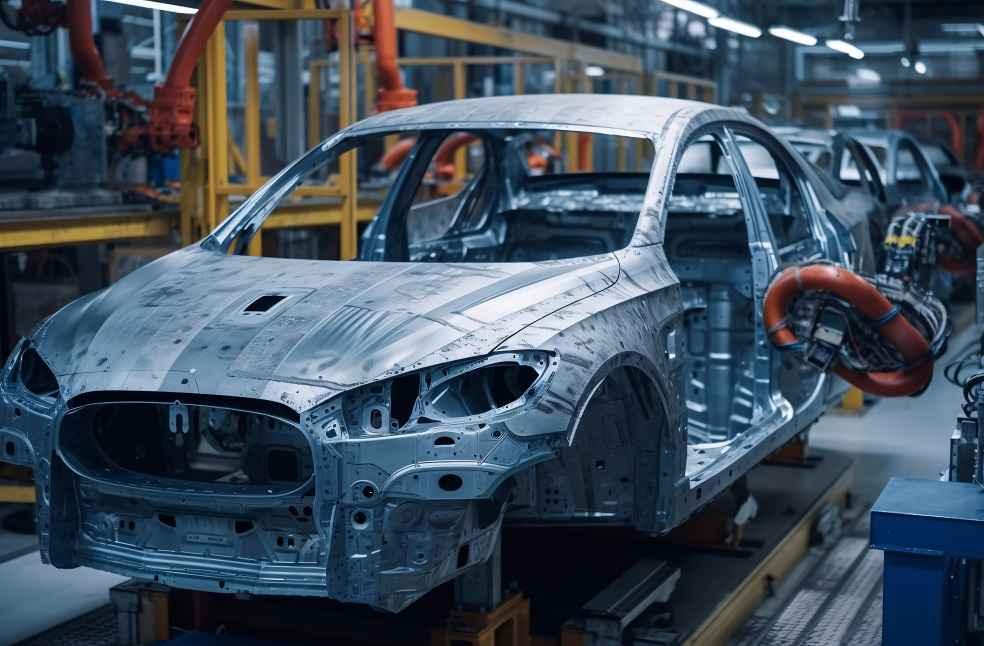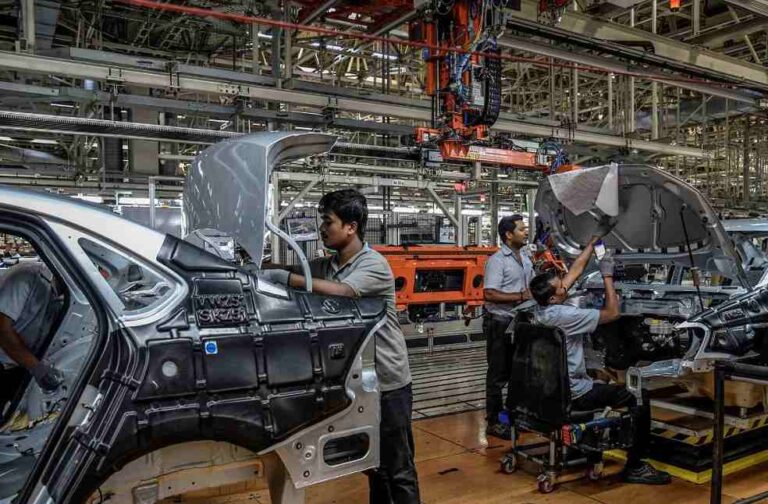The Indian automotive sector is facing challenges due to ongoing obstacles in securing rare earth materials from China, with the impact varying significantly across manufacturers and specific vehicle models. While some companies report adequate inventory levels, others are confronting looming production challenges, highlighting the urgent need for diversified sourcing strategies.
Around 30 pending applications from Indian automakers are currently awaiting clearance from the Chinese Ministry of Commerce for rare earth imports. This administrative delay has triggered a swift response from the Indian government. Several ministries have stepped in to help ease the bottleneck, raising hopes that the matter may soon be resolved.

The severity of the impact largely depends on the inventory positions of individual automakers. Shailesh Chandra, President of the Society of Indian Automobile Manufacturers (SIAM), noted during the Q1FY2026 industry performance review that while some manufacturers remain well-positioned due to existing stock, others are already facing difficulties. “There will be manufacturers for certain models where they will be facing issues,” he said.
Chandra warned that if the situation persists, it will lead to supply issues across the industry, potentially disrupting manufacturing lines. As a result, manufacturers are intensifying efforts to identify and develop alternative sources for these critical materials.
This development comes amid escalating global supply chain concerns tied to China’s tightening export controls on rare earth elements. China, which controls over 90% of global rare earth processing, has introduced policies that have disrupted international supply chains, significantly affecting India’s auto industry, which remains heavily reliant on imported rare earth components. Industry analysts warn that Indian automakers’ inventories for certain applications could run out by mid-July.

According to ratings agency ICRA, Indian automakers are considering several short-term alternatives: importing fully assembled motors from China; sending rotors to China for magnet assembly and re-importing them; substituting rare earth materials with engineered alternatives; or shifting to electromagnet-based motor technologies. Each of these options poses regulatory and logistical challenges and may require compressed development timelines to prevent broader disruptions.
EV WORLD | Blink Charging Acquires Zemetric to Expand EV Solutions





